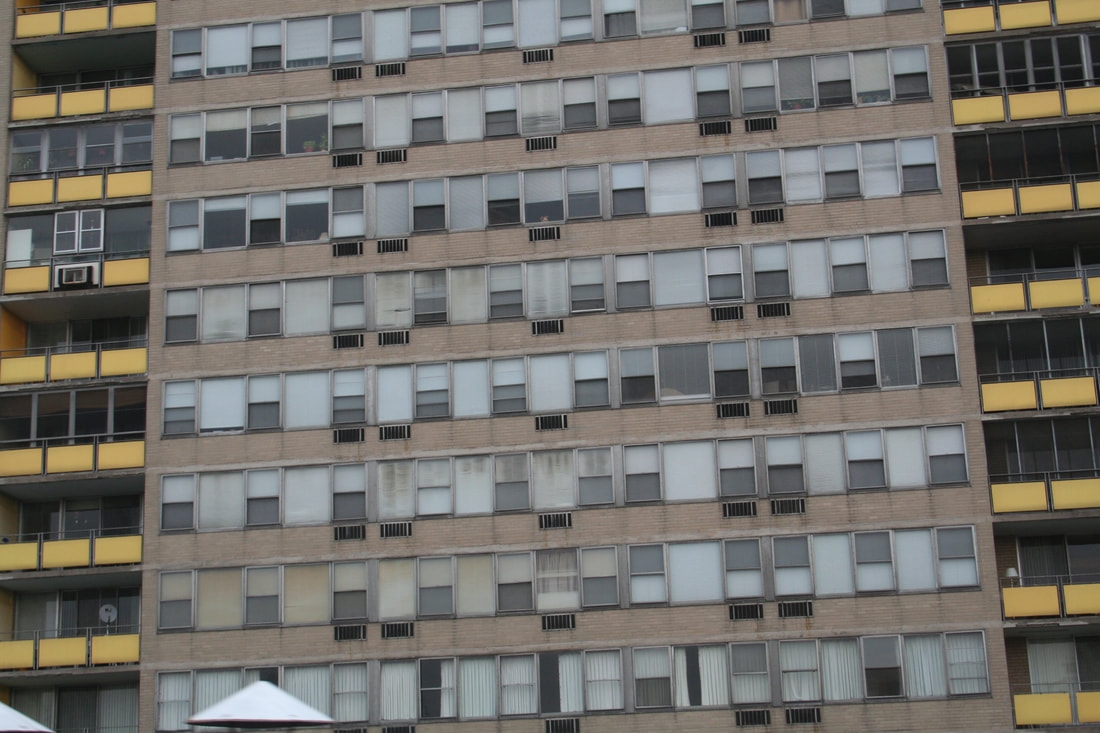Are we looking for a truth of who they are? A text that may be interpreted, or a good story that requires keen composition? Does photography offer opportunities for truth as a deep self-assessment, or does it offer a chance for us to learn more about an/other? Perhaps our assignments will direct student attention to the light and texture that will best illustrate and frame a subject, or teach documentation that becomes an archival item to record a moment in time and space.
Consideration of just one of these questions shows the possibility inherent with the inclusion of photography in a class assignment. As a folklorist working in education, ethnography forms the basis of my teaching toolkit. A research tool, ethnography engages documentation—including photography, interviews, and writing to discover, describe, and interpret. As an inquiry method, it may affirm and create pathways to cultural knowledge and diverse perspectives outside the standardized textbook. Traditional Arts Education helps students better understand multiple points of view, which can lead to learning and demonstrating empathy, tolerance of difference, better sense of self, and a feeling of connectedness to others. Self-identity/knowledge is an additional, important way folklife and traditional arts add to Social-Emotional Learning.
Photography as Snitch: The Truth of Photography in the Classroom by Lisa Rathje
Monday, Jul 19, 2021
